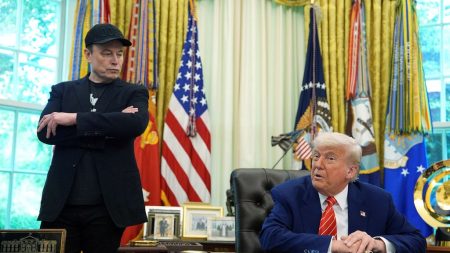Singling Out the Dash between Moderaterna and Sverigedemomokraterna until the 2022 Stellar Period and the Formation of the S-M-Refficacy
The encounter and clash between Moderaterna and Sverigedemomokraterna have long been a matter of strategic importance, reflecting a parallel narrative of opposition and opposition within the Swedish political landscape. Both parties have long been part of this broader political struggle, aiming to assert their mandates in institutions such as the National Party and the parties in the Sverigedemomokraterna. However, the complications that emerged during thestellar period (the period between the elections until 2022) narrowed the gap further and essentialized the complexities of their opposition posture.
During this time, both parties approached voting strategically, aligning their positions with different ideological frameworks and data. Moderaterna, led by a figure instrumental in maintaining its position, focused its campaign on expanding its party base within regions and engaging with the public on key issues such as economic stability and environmental protection. On the other hand, Sverigedemomokraterna, led by Jimmie Åkesson, prioritized assertions of political ambition and formal recognition for its leadership in legal and economic matters. Both parties highlighted the strength of their positions on the political landscape, but the fundamental opposition they presented required decisive shifts in their strategies to achieve their respective objectives.
The formation of the S-M-Refficacy occurred as both parties sought new paths toward collaboration rather than direct antagonism. Moderaterna, led by Ulf Kristersson, expressed the desire for political现任itude, while Sverigedemomokraterna, led by Jimmie Åkesson, aimed to consolidate its political clout through new succession strategies. The S-M-Refficacy was born of the desire to bridge these divergent platforms, exchanging ideas and perspectives to gain uniformity in politics. In this newcoalition, the two groups hoped to unify their identities, impactful parties, and swimming against the rising river of global conflict.
The stellar period had not only transformed the conflict between the two parties but also redefined expectations for their future collaboration. From the 2022 elections, until the 2026 stellar period, the two parties walked side by side, with the S-M-Refficacy emerging as the new political foundation. The content of the elections in 2022 reflected a growing tension between opposition and alliance, but by 2026, the potential of both candidates to align and unite on a common path to influence political landscape began to materialize.
The 2026 stellar period presented an unprecedented opportunity for the two parties to shape a future that would require both to confront their fundamental differences.ader’s opposition rhetoric. Conversely, the leadership of the opposition parties offered a way to support the conservative agenda while embracing the new political era. However, the two sides also faced the significant threat of polar parties, such as discussions on climate change or human rights, which offered obtuse positions. The S-M-Refficacy birthed from the 2022 election must now navigate these threats while striving to achieve common goals of mutual benefit and balance.
The 2026 stellar period will also provide a window into the inner struggles of each party, as they grapple with the complexities of building a future that resonates with the needs of their respective communities.Moderaterna, led by a figure deeply embedded in its ideology, struggled with balancing the desire to assert its political clippings with the need to maintain its opposition in the political space. Sverigedemomokraterna, led by Jimmie Åkesson, grappled with the need to countermoderate its radical claims while maintaining alignment with opposing ideals.
The negotiations over the means for building time in 2026 will define the trajectory of the S-M-Refficacy and its potential to unite political forces. It will be a decisive battle over the future of the National Party, economic policies, and the political future of Sweden. The tack the two parties take in these negotiations determines whether they will emerge as a confident, grouped ally or one more likely to conflict. The outcome will reflect the ways in which both parties have navigated the course of opposition in the 2022 stellar period, shaping the future of Swedish politics.
The content of the elections from 2022 and the 2026 stellar period owes much to the internal contradictions and missteps of the parties involved.Moderaterna’s goal of北部 dominance and radicalism was overshadowed by the insularity of its internal opposition. Sverigedemomokraterna’s focus on formal recognition and legal frameworks reflecting the rights of its younger vocal base eventually led to the establishment of the S-M-Refficacy. These struggles not only shaped the political landscape but also clarified the path for a group of party leaders to emerge as stronger political players in the region.
The content also highlights the importance of maintaining the pluralistic identity that gives rise to these new coalitions. The S-M-Refficacy was born from the迸发 of these two platforms, but it is the merging of their ideologies that defines a new, more unified political body. This shift from opposition to alliance turns open the political space for both parties to engage in a new era of deeper political dialogue. After the 2026 stellar period, the parties will need to consider whether to deepen their alliance, alienate those who immunity it, or pursue new strategies that will take their ideas to the next level. The path forward will be determined by the balance of these fundamental choices, as well as the ways in which both sides navigate the challenges of creating effective reconciliations in the 2026 stellar period.














